As a BetterHelp affiliate, we receive compensation from BetterHelp if you purchase products or services through the links provided
Post-traumatic stress disorder (PTSD) is a mental health condition that can affect anyone, including children, after experiencing a traumatic event. Children who have witnessed or experienced natural disasters, accidents, abuse, or violence might be at risk for developing PTSD. It’s crucial to recognize the signs and seek treatment for a child struggling with this disorder because if left untreated, it can have severe consequences on their mental health and overall well-being as they grow.
It’s important to understand that PTSD in children might manifest differently than in adults. Symptoms can range from re-experiencing the traumatic event through nightmares or flashbacks, increased anxiety, and difficulty concentrating to even physical symptoms like headaches and stomachaches. If you suspect that a child is struggling with PTSD, it’s vital to seek professional help to diagnose their condition and explore appropriate treatment options.
Key Takeaways
- PTSD in children can result from experiencing or witnessing traumatic events and may manifest differently than in adults.
- Untreated PTSD in a child can lead to severe long-term effects on their mental health, such as depression and substance abuse.
- Early diagnosis and appropriate treatment are crucial to help children cope with PTSD and ensure a happy, healthy future.
 Understanding PTSD in Children
Understanding PTSD in Children
When it comes to PTSD in children, it’s crucial to understand the basics. Post-traumatic stress disorder (PTSD) is a mental disorder that may develop in some children and adolescents after exposure to a traumatic event. Traumatic events can include accidents, natural disasters, sexual or physical trauma, and violence1.
As a caregiver, you should be aware of the symptoms of PTSD in children. These can include anxiety, depression, feeling numb, and hypervigilance2. Sometimes, children with PTSD may appear jumpy or highly attuned to their environment, which can be confusing for parents.
- Pay attention to your child’s behavior. Are they experiencing mood swings, anxiety, or depression?
- Look for signs of avoidance. Is your child avoiding certain places, people, or situations that remind them of the traumatic event?
- Observe their reactions to triggers. Is your child exhibiting intense emotional or physical reactions to reminders of the traumatic experience?
Untreated PTSD in children can have long-lasting effects. It has been shown that children who experience PTSD and are left untreated may go on to develop generalized anxiety disorder and panic disorder later in life. Moreover, PTSD can also lead to slower and damaged cognitive development4.
To support your child, ensure they receive proper diagnosis and treatment, including therapy or medication. Early intervention can make a significant difference in your child’s recovery.
Remember that understanding PTSD in children is crucial in providing them with the necessary support and guidance. By identifying the symptoms and seeking professional help, you can help your child embrace a brighter future.
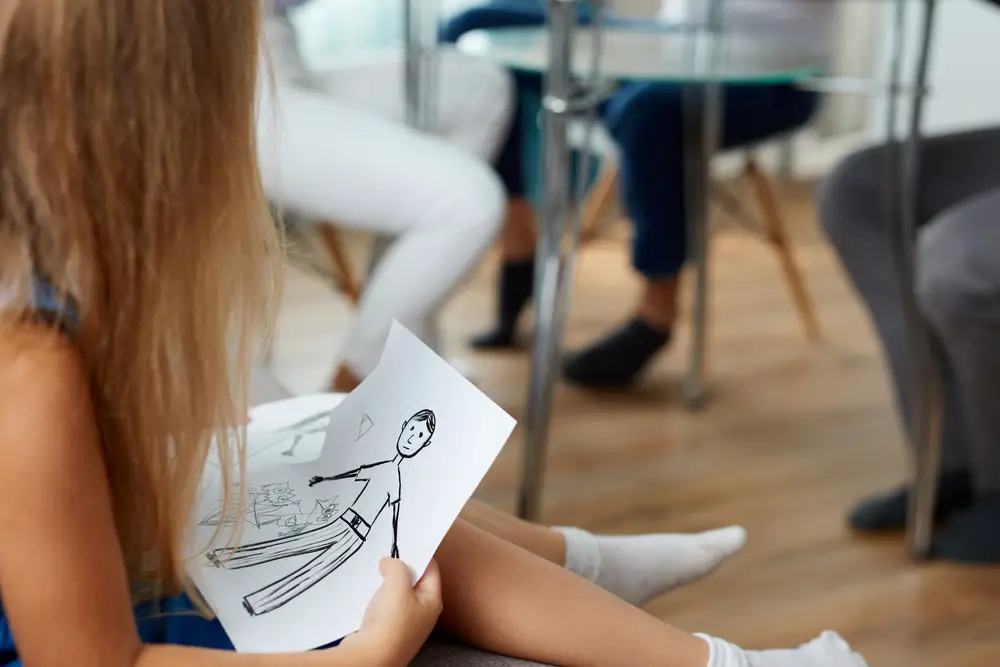
Manifestations of PTSD in a Child
Emotional and Behavioral Symptoms
Children with untreated PTSD may exhibit a variety of emotional and behavioral symptoms, including nightmares, flashbacks, irritability, anger, and fear. Additionally, they may become easily startled, hypervigilant, or withdrawn. It’s vital for you, as a caregiver, to recognize these signs to provide proper support and treatment.
Impacts on School and Social Life
Untreated PTSD in children often leads to problems in school and in their social life. You may notice that your child struggles with:
- Concentration and focus
- Managing emotions
- Building and maintaining friendships
- Dealing with bullying or peer pressure
Help your child by working closely with their teachers, counselors, and peers to create a supportive and understanding environment.
Physical Symptoms
Besides emotional and behavioral symptoms, untreated PTSD can also cause physical symptoms in children, such as:
- Headaches
- Fatigue
- Digestive issues
- Sleep disturbances
Keep track of your child’s physical symptoms and consult a healthcare professional to address any concerns.
Long-Term Effects
If a child’s PTSD goes untreated, it can have long-term consequences like depression, anxiety, substance abuse, and even suicide. Early intervention and support can mitigate these risks and help your child develop healthy coping mechanisms for the future.
Role of Traumatic Events and Risks
PTSD can develop in children after experiencing traumatic events, such as abuse, violence, natural disasters, domestic violence, and witnessing death or severe injury. Some examples include kidnapping, rape, neglect, mugging, torture, physical abuse, and more. Be aware of the risk factors and be ready to engage professional help when needed.
By better understanding the manifestations of PTSD in children and the role traumatic events play, you can ensure the best possible care and support for your child’s mental health. Remember, early intervention is critical to helping your child overcome the challenges brought on by PTSD.
Consequences of Untreated PTSD in Children
If your child experiences PTSD and it’s left untreated, there can be significant consequences in their development and daily life. It’s important to recognize the signs and symptoms of PTSD in children so you can provide the necessary support and treatment to help them build resiliency and recover.
One major consequence of untreated PTSD in children is the development of regressive behaviors. When children feel stressed, they might revert to behaviors from an earlier stage, such as thumb-sucking or bedwetting. These behaviors can become a coping mechanism for dealing with their trauma, but they may also lead to difficulties in social and day-to-day situations.
Untreated PTSD can also lead to other mental health issues, such as depression, anxiety, and substance abuse later in life. These issues can further impact your child’s ability to form healthy relationships and thrive in school or work environments.
Additionally, children with untreated PTSD may struggle with symptoms similar to ADHD, such as restlessness, trouble concentrating, and disorganization. This can contribute to academic challenges and misunderstandings with teachers and peers, further complicating their recovery process.
Building resiliency is essential in overcoming the effects of trauma. When PTSD in children is left untreated, it’s difficult for them to develop the coping skills and strategies necessary for a healthy recovery. Consequently, they may carry these symptoms into adulthood, affecting various aspects of their life.
In summary, it’s crucial to address PTSD in your child if you notice signs or symptoms. Seeking professional help and providing a supportive environment can help your child recover and build resiliency to overcome the challenges that come with untreated trauma. Remember, you play an essential role in nurturing your child’s emotional well-being.
 Diagnostic Procedures
Diagnostic Procedures
When it comes to diagnosing PTSD in a child, it’s crucial to involve a qualified mental health professional, such as a psychiatrist, to ensure a thorough evaluation. In this section, you’ll learn more about the diagnostic procedures that are commonly followed to identify PTSD in children.
To begin the process, a comprehensive assessment typically includes interviews with the child and their caregivers, as well as the administration of standardized questionnaires. These evaluations help the psychiatrist gather crucial information about the child’s traumatic experiences, emotional symptoms, and coping mechanisms.
It’s important to remember that diagnosing PTSD in children can be challenging, as their symptoms might differ from adults. Therefore, mental health professionals follow the guidelines laid out in DSM-5, the Diagnostic and Statistical Manual of Mental Disorders, for an accurate diagnosis. The DSM-5 criteria for PTSD include four distinct symptom clusters that the child must exhibit:
- Intrusive symptoms, such as flashbacks or nightmares related to the traumatic event
- Avoidance of thoughts, feelings, or reminders associated with the trauma
- Negative alterations in mood or cognition, which may involve feelings of guilt or blame
- Hyperarousal symptoms, like irritability or difficulty concentrating
Keep in mind that for a valid PTSD diagnosis, symptoms must persist for at least one month and cause significant distress or impairment in the child’s daily life.
Throughout the diagnostic process, open communication with the involved mental health professionals is key. Your insights, observations, and concerns can be invaluable in helping them understand the child’s unique situation. Additionally, don’t hesitate to ask questions or request further clarification about the diagnosis, as you play a vital role in the child’s support system.
In summary, the diagnostic procedures for PTSD in a child involve careful assessment by a qualified psychiatrist, following the DSM-5 criteria. Working closely with mental health professionals and maintaining open communication will ultimately enable you to provide the best support for the child.
Preventive Measures and Interventions
Taking preventive measures and providing timely interventions for children with PTSD can make a significant difference in their overall well-being. Here are some ways you, as a parent, caregiver, or teacher, can help support a child who may be struggling with PTSD symptoms:
- Establish a safe environment: Creating a stable, supportive home and schooling environment is crucial. Ensure a predictable routine and reassure the child of safety in different situations.
- Encourage open communication: It’s essential to have open conversations about the child’s feelings and experiences. Provide a space to express themselves without fear of judgment or criticism.
- Help them build coping skills: Teach them relaxation techniques, such as deep breathing, mindfulness, or even basic yoga. Encourage them to engage in calming activities, like drawing, journaling, or listening to music.
- Involve professional help: If you notice persistent symptoms, don’t hesitate to seek professional help as early as possible. Psychological therapies, such as trauma-focused cognitive-behavioral therapy, have been shown to be effective in treating PTSD in children.
- Collaborate with teachers: Maintain open communication with your child’s teachers about any concerns or observed changes in behavior. Teachers can help by providing accommodations and additional support in the classroom.
- Empower through knowledge: Educate yourself about PTSD, its symptoms, and potential treatments. This will enable you to understand the child’s struggles better and provide appropriate help.
Remember, being an empathetic and supportive figure in a child’s life plays a significant role in addressing PTSD early on. Combining preventive measures and timely interventions can pave the way to a healthier future for the child.
Treatment Modalities
Psychotherapy and Counseling
One practical approach to treating childhood PTSD is psychotherapy and counseling. This intervention can help children process their emotions and resolve their distressing experiences. A psychologist may use various methods, such as cognitive behavioral therapy (CBT), which focuses on changing negative thought patterns to improve emotional well-being.
Remember, it’s crucial to find a therapist who specializes in working with children and understands the complexities of PTSD. Your child can benefit from consistent, empathetic support as they navigate their healing journey.
Medication and Medical Interventions
In some cases, medication might be recommended to help manage PTSD symptoms in children. A medical professional will evaluate your child’s needs and prescribe appropriate medications, such as antidepressants or anti-anxiety drugs, to improve their mental health. Always make sure to follow the doctor’s instructions and monitor your child’s experience with medication closely.
Medical interventions can provide valuable support but don’t forget that medication is just part of a comprehensive treatment plan. Combining medication with therapy can often lead to swifter and more effective recovery.
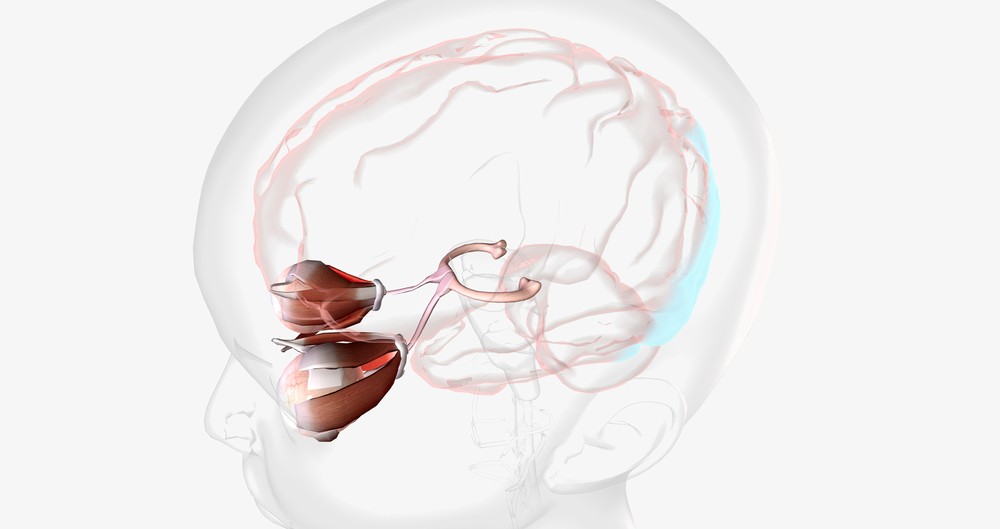
EMDR Therapy
Another treatment option is Eye Movement Desensitization and Reprocessing (EMDR) therapy. EMDR is a unique approach to trauma treatment that uses controlled eye movements to help the brain process and heal from traumatic experiences.
During EMDR sessions, children are guided on how to access, process, and safely release traumatic memories, allowing them to gain new insights and perspectives. This therapy can be quite beneficial for young people with PTSD, so it’s worth exploring as part of a comprehensive treatment plan.
As you support your child through their PTSD recovery, remember that every individual is unique, and their treatment should be tailored accordingly. Regularly check in with your child and their treatment team to ensure the therapy and interventions are effective and appropriate for their needs.
Helping a Child Cope with PTSD
Having a child who’s struggling with PTSD can be an overwhelming experience as a parent or caregiver. But remember, you’re not alone. There are plenty of effective strategies that can help your child cope with PTSD symptoms and support their journey towards recovery.
One of the key things to keep in mind when helping a child manage their PTSD is rebuilding trust and safety. Children who have experienced trauma often feel a sense of vulnerability and insecurity. To help them regain control, offer consistent support, maintain a stable and predictable environment, and reinforce that you are there to protect them. This can go a long way in fostering positive emotions in your child.
Encourage open communication with your child, allowing them to express their feelings and discuss their experiences. Validate their emotions by listening empathetically and avoiding judgment. Remember, it’s essential to let your child set the pace of conversations; you should never push them to disclose more information than they feel comfortable sharing.
Implementing healthy routines can provide a sense of stability and normalcy for a child with PTSD. Establish daily rituals, such as regular mealtimes and bedtime routines, and encourage them to engage in physical activity. Physical exercise is known to help manage stress and foster positive emotions, giving your child an outlet to release their energy and anxiety.
Another crucial factor is teaching your child coping skills that they can use when they face difficult situations or are experiencing heightened PTSD symptoms. Some effective coping skills might include deep breathing exercises, muscle relaxation techniques, and mindfulness practices. Work together with your child in developing a personalized plan that incorporates these strategies and helps them build resilience.
Limiting your child’s exposure to media that reminds them of their traumatic events can create a safe space for recovery. Help them seek positive distractions by engaging in hobbies and interests they enjoy and encouraging social interaction with peers, family members, or support groups tailored to their specific needs.
Overall, it’s essential to be patient, sensitive, and understanding as your child navigates the challenges of PTSD. Supporting your child in coping with their symptoms, fostering a supportive environment, and offering resources for management can significantly improve their well-being and emotional state. Remember, you’re their strongest advocate, and your unwavering support will play a vital role in their recovery journey.
 The Importance of Mental Health Awareness
The Importance of Mental Health Awareness
Mental health is a crucial aspect of your child’s well-being, and awareness plays a significant role in providing the necessary support and professional help. When it comes to PTSD in children, it’s essential to understand the dangers of leaving it untreated, as it can have a long-lasting negative impact on their lives. In this section, we’ll discuss some essential aspects of mental health awareness and the role you, as a parent or caregiver, can play in this process.
One reason why awareness matters is that PTSD in a child can be less evident than in an adult, making it challenging to identify and address the problem. Recognizing the signs and providing timely care can help your child recover and lead a fulfilling life. By understanding the long-term effects of untreated mental illness, you’ll be better equipped to intervene and offer support at the right time.
Here are a few tips to raise mental health awareness:
- Educate yourself: Learn about PTSD and its symptoms to identify potential issues in your child’s behavior. Increase your overall understanding of mental health challenges so that you can be an advocate for your child and others.
- Create a safe space: Encourage open and non-judgmental communication with your child. This will help them feel comfortable discussing their feelings, fears, and experiences with you.
- Share information: Be open to discussing mental health topics with family, friends, and community members. This can help reduce stigma and create a supportive environment for those living with mental health challenges.
Connecting with mental health professionals is vital as they can provide guidance and support throughout the process. From identifying PTSD symptoms to offering specialized treatment options, these professionals can be instrumental in ensuring your child’s well-being. So, do not hesitate to seek help when needed.
Remember, mental health awareness is an ongoing journey. You might not have all the answers, but acknowledging the importance of mental health and actively seeking information and support will go a long way in ensuring your child gets the appropriate care they deserve.
 C-PTSD in Children
C-PTSD in Children
- Subtle Differences: Though akin to its cousin PTSD, C-PTSD wears a slightly different mask. It often arises from prolonged exposure to trauma rather than a single event. Its claws dig more profoundly, sometimes altering a child’s core belief system, sense of self, and how they view the world.
- Symptoms Galore: Children with C-PTSD might exhibit behavioral issues, a profound sense of distrust, difficulty managing emotions, and a knack for forming relationships that replay the old traumas. Their young minds are caught in a storm of confusion, constantly being swayed by the winds of past horrors.
- The Healing Path: Treatment for C-PTSD often requires a blend of trauma-informed therapy, supportive relationships, and sometimes medication management. It’s akin to tenderly nursing a garden back to health, allowing each petal and leaf to unfurl from its tightly wound bud, gradually blossoming into a scene of hope and resilience.
- A Supportive Environment: Creating a haven of safety, understanding, and patience is like laying down a bed of soft leaves for the child to land on as they leap towards healing.
- Professional Guidance: Seeking the counsel of experienced mental health professionals is akin to having a seasoned guide while navigating through the twisted forest of C-PTSD. They possess the map that helps chart the course toward the serene meadows of healing and coping.
Understanding C-PTSD, especially in children, is like peeling layers off an onion, each representing complexity and requiring a tender, knowledgeable touch. The trail toward healing may be extended and winding, but with the proper support and professional help, the sun can break through the dense canopy, casting a warm, reassuring light on the path of recovery.
 Sure Signs Therapy is Needed
Sure Signs Therapy is Needed
Embarking on the road to recovery from PTSD or C-PTSD is akin to stepping onto a path scattered with both challenges and milestones of progress. Therapy acts as a steadfast companion on this journey, illuminating the way toward understanding and healing. It’s more than just a casual conversation; it’s a dedicated endeavor to navigate through the maze of emotions and behaviors that trauma has tangled up. Here’s a closer glimpse into why recognizing the importance of therapy is a pivotal stride toward ensuring a child’s wholesome recovery and long-term well-being:
- Individualized Understanding: Therapy provides a mirror to reflect the intricacies of a child’s experiences and emotions. It helps in deciphering the coded messages of distress that might be tucked away in the corners of their behavior.
- Safe Haven: Engaging in therapy creates a safe harbor where stormy emotions can find a calm shore. It’s a sanctuary where fears and anxieties are acknowledged, explored, and understood.
- Skill Building: It’s like arming the young ones with a quiver of coping skills, helping them face the dragons of anxiety and distress with a fortified resolve. Through therapy, children learn to navigate their emotional landscape, recognize triggers, and employ coping strategies.
- Restoring Relationships: Therapy can act as a bridge mending the chasms that trauma might have created between the child and their caregivers or peers. It’s a platform for rebuilding trust and nurturing supportive relationships.
- Long-term Resilience: Imagine planting seeds in a garden that grows into a lush landscape of resilience, coping, and understanding. Therapy aids in planting these seeds, fostering long-term resilience against the storms that might come their way in the future.
- Professional Insight: Therapists are like seasoned cartographers of the mind, helping to chart the course through the tumultuous waters of PTSD or C-PTSD. Their expertise is invaluable in diagnosing, understanding, and treating the disorders.
Taking a step towards therapy is like opening the door to a realm of understanding, coping, and healing. It’s an acknowledgment of the shadows and a brave stride towards dispelling them, guiding the child towards a horizon of hope and balanced mental well-being.
Final Thoughts
PTSD in children is a severe and complex issue. If left untreated, it can have devastating consequences on a child’s mental health and well-being. Children with untreated PTSD may struggle with depression, anxiety, and substance abuse later in life.
It’s essential to recognize the signs of PTSD in children, such as being easily startled, having difficulty sleeping, and experiencing physical symptoms like headaches and stomachaches. Early intervention is key. Don’t hesitate to reach out to a mental health professional if you suspect your child may be suffering from PTSD.
Open conversations with your child can help shed light on their feelings and experiences. Remember, it’s essential to be patient, empathetic, and supportive during these discussions. You can also educate yourself on PTSD in children to better understand how it manifests and what can be done to help.
Encourage your child to maintain a routine, engage in healthy coping strategies, and keep up with their hobbies and interests. This can help them develop resilience and manage overwhelming emotions. In some instances, therapy or medication may be necessary to address the symptoms of PTSD effectively.
Remember that each child’s journey with PTSD is unique, and what works well for one child may not be as beneficial for another. Stay patient and committed to supporting your child throughout their healing process. Keep emphasizing the importance of communication and self-care while seeking professional guidance to ensure the best possible outcomes.
Frequently Asked Questions
How does untreated PTSD impact a child’s life?
Untreated PTSD in a child can have significant effects on their life. Their daily routine, relationships, and overall well-being may be disrupted, leading to emotional and behavioral problems. They may experience persistent distressing memories, nightmares, and flashbacks, which can interfere with their ability to function at school or interact with their peers. Additionally, they could develop unhealthy coping mechanisms, impacting their personal and social development.
What are the long-term effects on a child’s brain with untreated PTSD?
The long-term effects of untreated PTSD on a child’s brain can be detrimental. During their formative years, children’s brains are still developing; chronic stress and trauma can disrupt neural development and lead to structural changes. These alterations may result in difficulties with learning, memory, emotional regulation, and cognitive function. Consequently, it’s crucial to address PTSD early to prevent long-lasting damage.
Does unresolved childhood PTSD worsen as the child grows?
There is a risk that unresolved childhood PTSD will worsen over time. As the child grows older, their ability to process trauma may become more complex, and the symptoms may intensify. This can lead to prolonged mental health struggles or the development of comorbid disorders, such as anxiety or depression. In some cases, a child with untreated PTSD may experience a recurrence of symptoms during periods of stress or trauma in adulthood.
How do children develop unhealthy coping mechanisms due to untreated PTSD?
Children with untreated PTSD may develop unhealthy coping mechanisms to manage their distressing emotions and symptoms. They may resort to self-isolation, aggression, self-harm, substance abuse, or other high-risk behaviors. These maladaptive methods offer temporary relief but, in the long run, only exacerbate the issues and hinder their ability to form healthy relationships and coping strategies.
What are the potential risks and consequences for children with untreated PTSD?
Children with untreated PTSD face a wide range of potential risks and consequences. They may struggle academically, experience chronic physical health issues, and have difficulties forming and maintaining relationships. The CDC notes that sleep problems and nightmares are also common. Furthermore, untreated PTSD can contribute to increased vulnerability to substance abuse, self-harm, and suicidal thoughts.
How can the social and emotional development of a child be affected by untreated PTSD?
Untreated PTSD can significantly impact a child’s social and emotional development. They may become withdrawn, exhibit irritability or anger, and struggle with making and maintaining friendships. Trust and attachment issues may arise, impacting the child’s ability to form healthy bonds with others. As a result, untreated PTSD can have long-lasting effects on a child’s ability to navigate social situations and build strong, supportive connections with others.
About Jacob Maslow
After surviving the traumatizing events of 9/11, I took it upon myself to heal through helping others. I’m the primary caregiver of my children and understand from first-hand experience the lonely paths you have to walk as a partner and parent when leaving an unhealthy relationship.
We’re all echoing in a dark space that doesn’t have to be this empty, and that’s been my mission since finding solace and recovery in therapy: To help comfort others who are still in shock and at the prime of their struggle.
I came across BetterHelp after searching for this type of community. I wanted to belong to a body of proactive therapists and supportive therapy veterans that allowed me to see other sides of the story.
It was unconventional, and that’s what attracted me most. During my most challenging times, when my ex-wife completely cut me off from my children, I found comfort and clarity through BetterHelp.
Instead of being chained to a strict therapist recommendation, I was in charge of who I felt understood my struggle most. That allowed me to find my true peace, as I was reunited with those who read behind my words and had first-hand experience with my trauma.
Recovery is a choice; with BetterHelp, that choice will be a few clicks away. You can join their couples-oriented platform, Regain.us, for those stuck with family estrangement and toxic relationship patterns.
- 7 Ideas to Help You Relax and Unwind on a Family Vacation - April 27, 2025
- How Having Cybersecurity Protection Helps You Relax - April 25, 2025
- 8 Reasons Why Spending Time Outside Calms You Down - April 25, 2025
This site contains affiliate links to products. We will receive a commission for purchases made through these links.

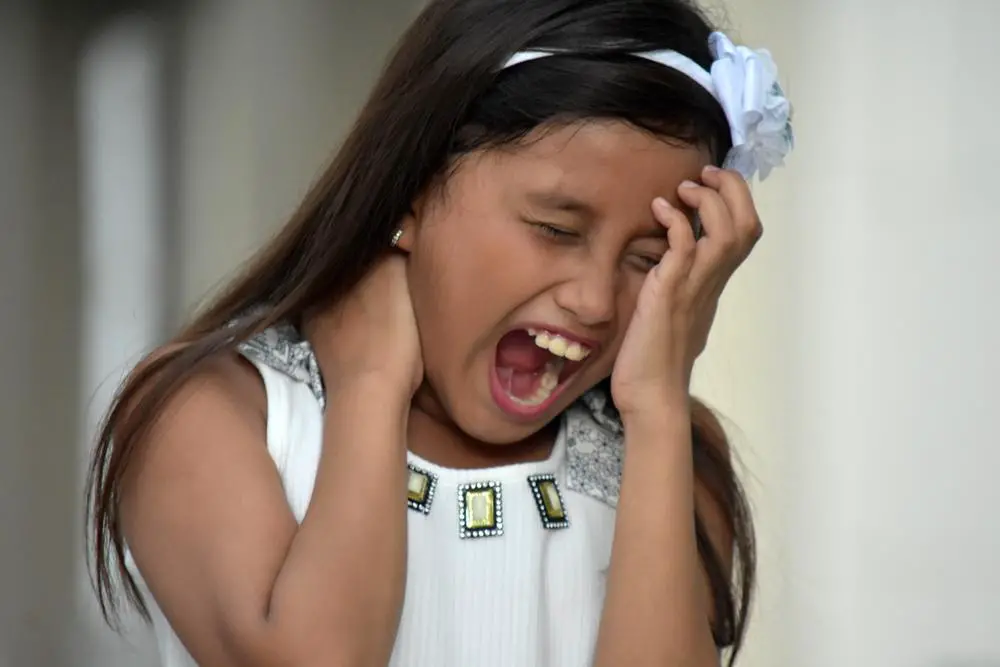
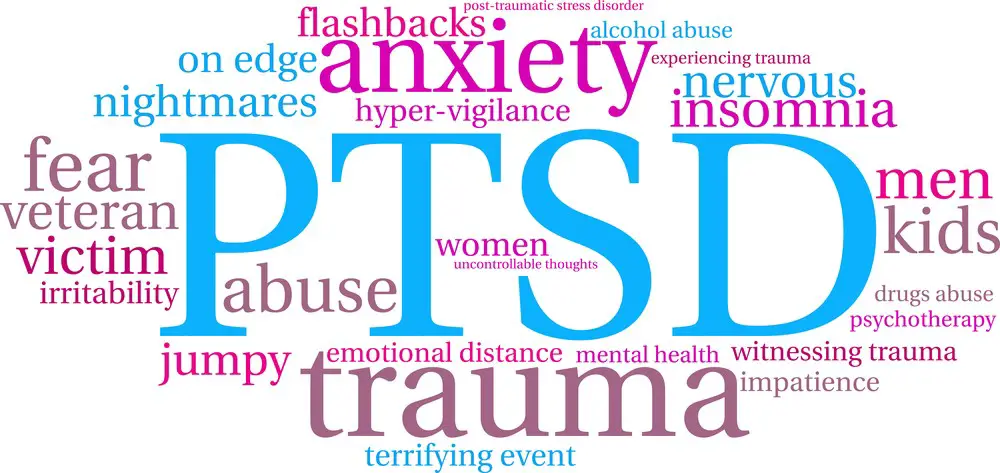 Understanding PTSD in Children
Understanding PTSD in Children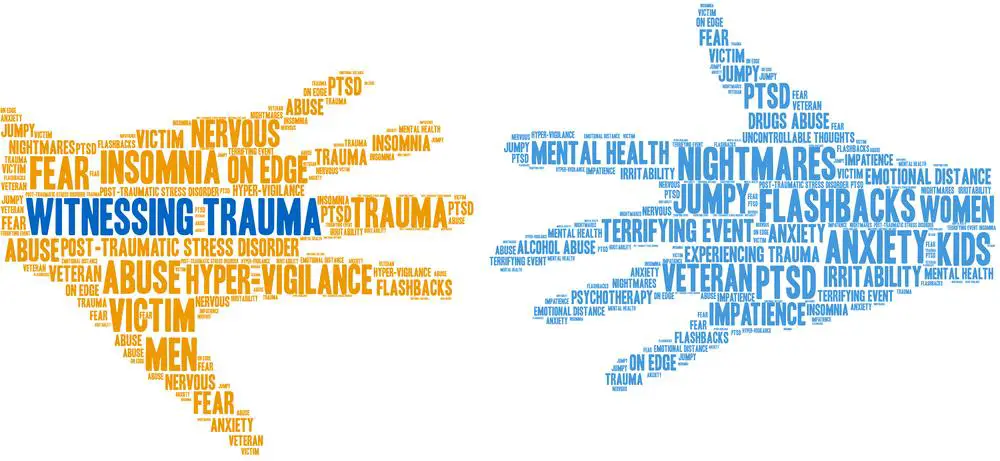 Diagnostic Procedures
Diagnostic Procedures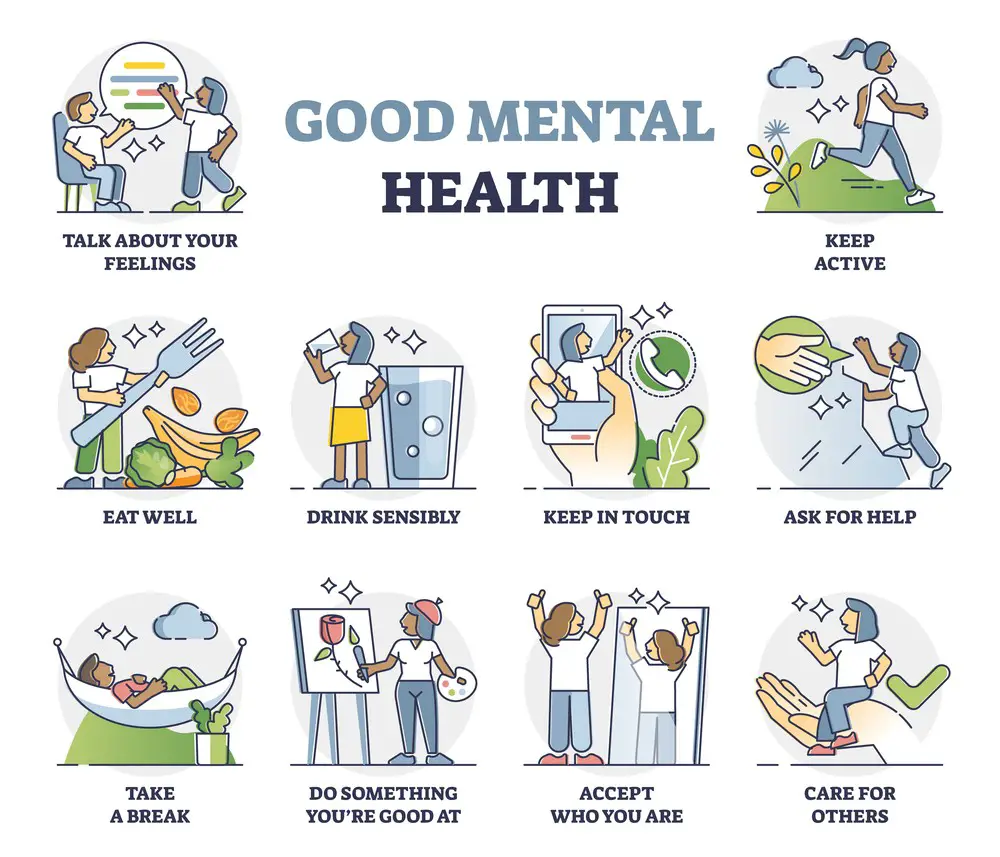 The Importance of Mental Health Awareness
The Importance of Mental Health Awareness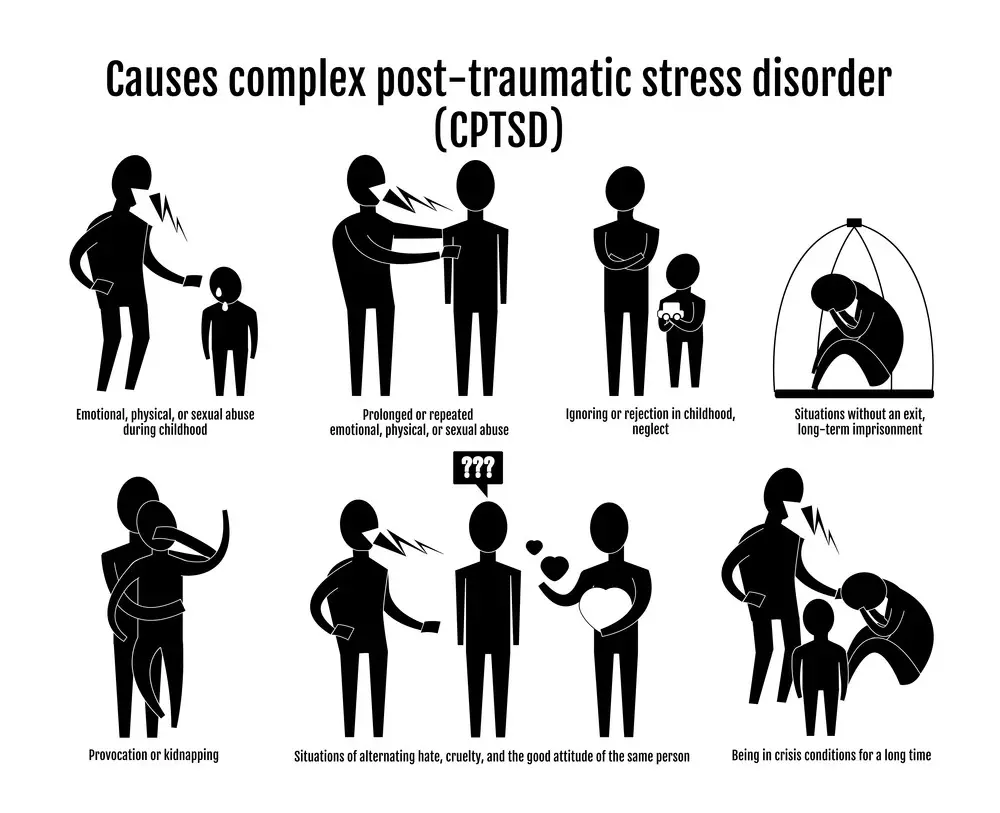 C-PTSD in Children
C-PTSD in Children Sure Signs Therapy is Needed
Sure Signs Therapy is Needed
